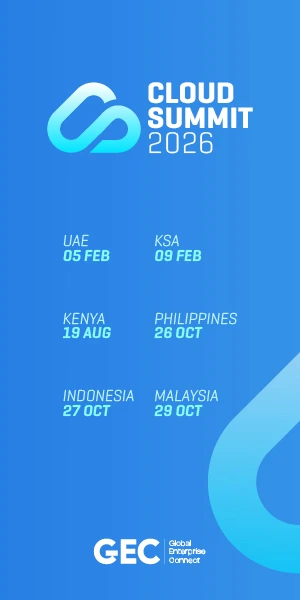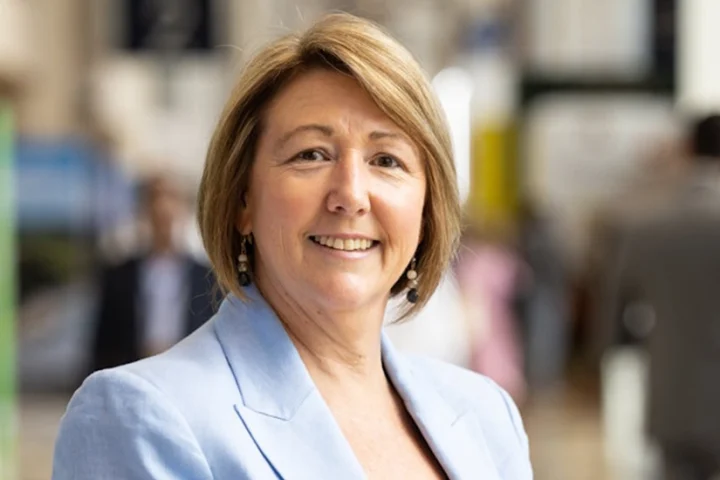Kawa Junad, who launched Iraq’s first digital bank and built the country’s largest telecom network, explains why the country’s fintech shift deserves a closer look.
Iraq isn’t typically the first country mentioned in fintech discussions. What’s changing, and why should the world be paying attention now?
There’s no doubt that Iraq has undergone significant geopolitical and socioeconomic challenges, but the narrative is changing. For the first time in decades, Iraq has a young, connected population hungry for change, and the technology to empower them to achieve this is there.
We’re seeing real movement: regulatory reforms, increased smartphone penetration, rising digital literacy, and a growing appetite from Iraq’s Central Bank to push for financial inclusion. At the same time, public trust in traditional systems is low. This creates a unique window for digital finance solutions to leapfrog legacy infrastructure, just like we saw in parts of Africa and Southeast Asia.
What makes Iraq different is its untapped potential. You have over 45 million people, many of them unbanked, operating in a cash-based economy, and yet nearly all of them have mobile phones. The opportunity cannot be understated. Fintech in Iraq stands to build access, identity, and agency for a generation that’s ready to move forward.
The world should be watching because what happens here isn’t just about Iraq. It’s a test case for how fintech can take root in frontier markets and how innovation can emerge in places that were left out of the first digital wave.
Digital transactions in Iraq have jumped tenfold in recent years. What factors are driving this dramatic growth?
The growth in digital transactions in Iraq is the result of several forces converging at the right time.
First, the government and Central Bank made bold moves. They started pushing for financial inclusion, mandating salary digitization for public sector workers, and tightening regulations on cash-based systems. That created the initial push toward formal financial infrastructure.
Second, the private sector responded. Local fintech startups began solving real problems, whether it was sending money securely, paying bills online, or accessing credit without traditional bank accounts, and people welcomed the newfound convenience these solutions offered them.
Third, we can’t ignore the role of demographics. Iraq has a young population, more than 60% under the age of 25. They’re digital natives, meaning most of them skipped desktops and went straight to smartphones. Once they saw how fast and easy it was to transact online, they didn’t look back.
Lastly, there’s a trust shift happening. People are tired of inefficiency, long queues, and opaque systems. Digital platforms, when done right, offer more transparency, speed, and control, which is a far cry from the systems we’ve had in place for years.
You launched Iraq’s first fully digital bank. What challenges did you face in introducing digital banking in a cash-heavy market?
There were many challenges, naturally. We were introducing a new digital solution to a region where cash has been king for decades, and where trust in institutions was shaky at best.
The Iraqi people are used to dealing in cash because it’s tangible. They want to see their money. So we had to earn their confidence incrementally, by offering speed, security, and reliability across the customer journey, repeatedly.
Education plays a role, too. Whenever you introduce a new process that involves a lot of due diligence, regulation, and technical considerations, especially in a country that’s not used to digitalization, you will need to educate clients. The experience needs to be streamlined and intuitive, and we had to prove that a digital-first model could meet the same standards of compliance and security as any traditional bank.
We also had to deal with the fragmented ecosystem that exists here, where not all vendors, merchants, or even consumers were ready to go digital. So we had to build bridges, integrating payment gateways, partnering with telecoms, creating tools for small businesses, to ensure the value chain was complete.
And finally, there was resistance from parts of the legacy system. We had to make it clear that we didn’t come to replace banks, but to serve the people they couldn’t reach. Once that became clear, partnerships became possible.
What kept us going was the belief that digital banking was the future, enabling the financial inclusion of millions of Iraqis who had been excluded from the formal economy. We see it as the first step toward real financial freedom.
How is First Iraqi Bank helping expand financial access, especially among younger populations or the unbanked?
First Iraqi Bank is expanding financial access by meeting people where they are: on their phones. We’ve made it possible to open an account in minutes, without paperwork or branch visits.
We offer solutions they actually use, such as virtual and physical Visa cards, QR code payments, and domestic transfers, making everyday transactions more accessible.
With over 900,000 active users and 900+ points of sale across Iraq, FIB is playing a significant role in bringing digital financial services to underserved communities.
What strategies have worked best to build trust in digital finance among Iraqis who are used to cash-based transactions?
Building trust starts with reliability. Iraqis needed to see that digital transactions work every time. So we focused on seamless onboarding, fast transfers, and real-time support.
We also localized the experience. Instead of pushing abstract financial tools that would alienate customers, we introduced features they could relate to, like paying household bills, topping up phones, or sending money to family. Additionally, tools like the Family Card helped build trust across generations, letting parents teach their kids about money while staying in control.
And we don’t operate purely digitally. We built a network of over 900 physical service points across Iraq, so even people without smartphones could engage with our system. This hybrid approach made digital finance feel more accessible and not so detached from existing models, which is helping ease people into this new system.
The Central Bank of Iraq is planning a Central Bank Digital Currency (CBDC). What’s your perspective on its potential impact on the economy?
I think many digital assets are still somewhat of an unproven asset class, with much uncertainty surrounding them. CBDCs, by their nature as stablecoins, offer a more grounded take on cryptocurrencies, so I am more optimistic about their potential use cases.
Given the historic lack of digital financial services in Iraq, many citizens already buy and trade in cryptocurrencies like Bitcoin. With a veritable Iraqi CBDC, the government could tide over these individuals and empower the overall population with more varied financial solutions.
Iraq is moving toward a cashless economy this summer. How realistic is this transition, and what role is the private sector playing?
2025 will be a historic year for Iraq, where a massive shift will sweep across the nation as cashless systems are enforced. While there will be some growing pains, as citizens come to terms with the new way of doing things, I believe this transition is very realistic. The world is moving toward a digital-first economy, and Iraq needs to follow suit to compete on the international stage.
With this in mind, it makes sense that the private sector will support this move. As I mentioned earlier, fintech companies and banks (like FIB) are doing their part to expand digital services with solutions like mobile wallets and online payment gateways.
What infrastructure or policy changes do you think are most critical for the success of Iraq’s digital payment ecosystem?
For Iraq’s digital payment ecosystem to truly scale, three things are critical: regulation, interoperability, and infrastructure.
First, regulation. We need and have seen clear, supportive policies from the Central Bank that create a stable environment for fintechs while protecting consumers. Recent steps, like mandating digital payrolls and digitizing government payments, are a great start, but we also need frameworks for data protection, e-KYC, and digital ID to support long-term growth.
Second, interoperability. Right now, systems can be siloed. For digital payments to become the norm, we need national-level infrastructure that allows wallets, banks, and payment gateways to talk to each other seamlessly.
Third, infrastructure. Beyond internet access, we need physical and digital touchpoints across the country, especially in underserved areas. That includes agent networks, cash-in/cash-out locations, and POS systems for small merchants.
If we get these three right, the rest follows.

























